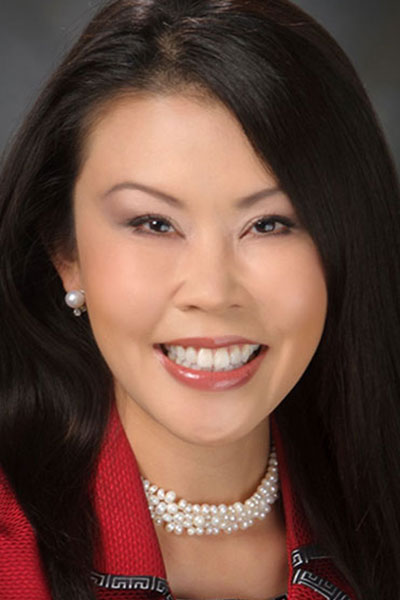With the intense focus (rightfully) placed on patient well-being, it can be easy for healthcare providers to forget to take care of themselves, which can create problems for the providers, their institutions, and their patients.

“Across the world, there is a growing problem with healthcare provider burnout,” said Anne Tsao, MD, Vice President of Academic Affairs, Professor of Thoracic/Head and Neck Medical Oncology, and Director of the Mesothelioma Program at the University of Texas MD Anderson Cancer Institute, Houston. “Just as important as making sure that we provide the very best patient care, we want to ensure that we are also teaching healthcare providers to give the very best care for themselves.”
Dr. Tsao said improving and maintaining provider health and well-being has two components, institutional and individual.
“Leaders of organizations need to ensure a culture that values healthcare provider well-being and to focus on improving workplace efficiency,” she said. “We should be working smarter, not harder, using technology to streamline our work so providers spend less time on administrative tasks. Organizations should be helping providers get back to the heart of why we all go into medicine, helping people.”
Dr. Tsao will discuss strategies institutions can implement to build and reinforce provider well-being during WCLC’s first Health & Well-being session titled “Creating Workplace Well-being for Yourself and Others,” which will take place from 13:15-14:15 on Monday, September 11, in Summit 1. The session will also include a lecture by Maria Ftanou, PhD, DPsych, Director of Psychosocial Oncology at The University of Melbourne Peter MacCallum Cancer Center, Melbourne, Australia, which will focus on the individual side of well-being.

Health & Well-being: Creating Workplace Well-being for Yourself and Others
13:45-14:45 SGT
Monday, September 11, Summit 1

“There are many different aspects to wellness other than physical wellness,” Dr. Ftanou said, “including emotional, social, and spiritual well-being. Our emotional well-being often impacts our physical well-being. Being worried or stressed, for example, can impact our eating, sleep, concentration, fatigue, and energy levels. It is difficult to provide optimal care for someone else if we, as healthcare providers, are not taking care of ourselves.”
At the individual level, providers can learn about mental health and well-being, recognize and acknowledge symptoms, discuss and reflect on stressful events, and take positive steps to remain connected with colleagues.
“Ensure that you take breaks during the day,” she advised. “And give yourself permission to say no. Try to go home on time, continue your professional development, and look after your own physical health and relationships.”
Successful healthcare organizations structure themselves to support employee and provider well-being. That means aligning policies and procedures at the highest levels of the institution, middle management, and at the local unit level to support individual providers, Dr. Tsao said. Structures, policies, and procedures that worked well in the 19th and 20th centuries can be counterproductive today.
“If you can’t answer the most basic question of ‘why are we doing something this way?’ except to say ‘because that’s the way we’ve always done it,’ that’s a huge red flag,” she explained. “It says you have to take a deeper dive and figure out how to do it better and more efficiently, for your providers. Healthcare providers in so many cases are underserved populations.”
In most professions, a higher level of education is protective against stress and burnout, Dr. Tsao continued. Healthcare is an outlier. Higher levels of provider training and education correlate with higher risk for burnout.
“Greater personal and organizational investment in well-being ultimately improves providers’ mental health and job satisfaction,” Dr. Ftanou said. “Improved provider well-being translates directly into improved patient outcomes, patient satisfaction, and quality of care.”





